wangxinpingxiang
![History of Pingxiang County. [Introduction]: The](https://cdn-dd.lujuba.top/img/loading.gif)
中文字幕
中文字幕History of Pingxiang County
![History of Pingxiang County. [Introduction]: The](https://cdn-dd.lujuba.top/img/loading.gif)
![History of Pingxiang County. [Introduction]: The](https://cdn-dd.lujuba.top/img/loading.gif)
A new examination of the name of Pingxiang County (Part 1)
[Introduction] : "Pingxiang County Chronicles" of all dynasties all record: Pingxiang County is in It was called 朌 in the Spring and Autumn Period, and later moved south to today's Ai Village and was called Nanqian County. In the Eastern Han Dynasty, changed Nanqian to Litao County. In the second year of Wei Jingchu in the Three Kingdoms period, the county seat was moved to what is now Dalaoying. Taiping Township was renamed Pingxiang County, and the current county name began here. During the reign of Emperor Zhenzong of Song Dynasty Dazhong Xiangfu , the county seat was moved to Jinping Township. Accordingly, Pingxiang County has been following the name of Xiji, Nanqi, Litao, Pingxiang Siyi counties, and the saying that the county seat has been moved three times from Aicun, Dalaoying and Pingxiang old city (Pingxiang town).
At the provincial and municipal review meeting for the second round of "Pingxiang County Chronicles" (1980-2012), Qiu County Mr. Yang Fengkui raised questions about the claim that Nanqi and Litao were the predecessors of Pingxiang County and provided some evidence. . In fact, the "Pingxiang County Chronicle" published in the seventh year of Tongzhi has long had doubts about the time when the county was established. In Volume 6 Officials and Titles: "Pingxiang Marquis Ren, Pingganqing Prince, was granted the title of Chengyang during the reign of Emperor Xuan Note: Jiu Zhiping Township was renamed by Cao Wei, and "Yi Tong Zhi" and "Ji Fu Tong Zhi" stated that it was renamed after the Western Han Dynasty. How could it be that the name of the township was changed to the name of the county in the beginning? Yeah? It’s hard to test!”
![History of Pingxiang County. [Introduction]: The](https://cdn-dd.lujuba.top/img/loading.gif)
When we revised the county annals this time, we reorganized and researched the origin of the name Pingxiang, and consulted all official histories, many geography monographs , provincial and county annals and modern archeology Based on the new evidence, it was found that the "Pingxiang County Chronicle" indeed lacks historical basis in the records of the county name, the time when the county was established, and the transfer of the administrative seat, and is far from the official history. The following lists the records of Pingxiang, Nanqian and Litao in official histories, local chronicles, geographical works, gazetteers and other books of the past dynasties respectively, and analyzes the reasons for the misjudgment and misstatement of Pingxiang County Chronicles in the past.
1. Official history and the records of Pingxiang, Nanqian and Litao in the official history and "Hebei Tongzhi Manuscript"
(1) Records in the official history
![History of Pingxiang County. [Introduction]: The](https://cdn-dd.lujuba.top/img/loading.gif)
" Hanshu " "Guangping Kingdom, Emperor Wu Zhenghe in the second year (91 BC), (Guangping County was renamed Pingqian Kingdom). In the second year of Emperor Xuan's reign (56 BC), Mang was named Fuchang. He had a household number of 27984 and a population of 198558. Six: Guangping, Zhang, Chaoping, Nanhe... Pingxiang, Balcony, Guangnian, Urban and Rural Areas. "
"Hanshu Geography Supplementary Edition" "In the sixth year of Emperor Jingyuan (144 BC), (Analysis of Julu. In the second year of Emperor Wu's Zhenghe (91 BC), Guangping County was established (Guangping County was changed) and in the second year of Emperor Xuan's Wufeng (56 BC), it was restored to a county. . (Pingxiang County still belongs to Guangping County). In the second year of Jianping of Emperor Ai (5 BC), it was renamed Guangping State and belonged to Jizhou (Pingxiang County belongs to Guangping County). " Later Han Dynasty " contains: Julu County was established in the Qin Dynasty, and in the 13th year of Jianwu's reign, it was made Guangping State, and the county was under its jurisdiction. Weiyang is thousands of miles north. Fifteen cities, 109,517 households, 602,096 mouths. Yingtao, Julu, Yangshi, Yan, Xia Quyang, Ren, Nanhe, Guangping, Kuozhang, Guangzong, Quzhou, Lieren, Guangnian, Pingxiang, Nanqi.
"Book of Jin" records: The Han Dynasty established the State of Zhao, which governed 9 counties including Bairen and Pingxiang. Litao County and Julu County are under the jurisdiction of Julu State.
"Book of Wei " contains: Nanzhao County governs 6 counties. Pingxiang County, Nanqing County and Julu County are among them.
" Sui Shu " records: Pingxiang County is under the jurisdiction of Xiangguo County , while Litao County is under the jurisdiction of Zhao County.
"Old Tang Book " records: The Sui Dynasty established Julu County in the ancient city of Hannan.
"Geography of the Northern Zhou Dynasty": Julu County established in the Han Dynasty (formerly in today's Pingxiang Township, later in today's Ai Village) was later abolished; today's Julu County was established in the sixth year of Emperor Kaihuang's reign in the Sui Dynasty, and the southern county was in (today's) Ju North of Lu County, it was later merged into Julu County.
(2) Records in "Hebei Announcements"
![History of Pingxiang County. [Introduction]: The](https://cdn-dd.lujuba.top/img/loading.gif)
1. Pingxiang County. In the early Han Dynasty, Julu County was divided into Julu County and Pingxiang County. The seat of Julu County and Julu County is now Pingxiang Town, Pingxiang County; the seat of Pingxiang County is south of Laoying Village, Beida, Pingxiang Town. The jurisdictions of Julu County, Julu County and Pingxiang County are all within the current Pingxiang County area. In the later Han Dynasty, Julu County was moved to Litao County (in the north of today's Ningjin County). From the early Han Dynasty to the Wei and Jin Dynasties, the name and governance of Pingxiang County did not change (Pingxiang County was once included in Julu County in the Jin Dynasty, and Julu County at that time was still in the current Pingxiang County area). In the second year of Jingming in the Northern Wei Dynasty (AD 501), Julu County was moved to 30 miles east of Yuanzhi (now Pingxiang Town) (now Aicun, Pingxiang County), and Pingxiang County was moved to the original Julu County seat (now Pingxiang Town). After the Sui, Tang, Ming, Qing and even the Republic of China, the name of the county and its administrative seat remained unchanged.
2. Nanjing County. The former Han Dynasty established Nanxian County in today's Julu County. Later Han Dynasty. In the seventh year of the Wei and Huang dynasties of the Three Kingdoms (AD 226), Julu County (which had been moved from today's Pingxiang Township to Litao County in the north of Ningshan) was granted the title of Julu Kingdom and still governed Nanqin County. (Eastern Jin ) In the sixth year of Taihe (AD 371), it was restored to Julu County, and Nanqian County still belonged to it. In the Jin Dynasty, Nanjing County Province was established as a county, and was restored to the state in the later Zhao Dynasty, and it still belonged to the Julu Kingdom. During the Northern Wei Dynasty, Nanjin County belonged to Julu County. In the sixth year of the reign of Emperor Taiping (AD 445), Nanqian County was incorporated into Bairen County (in today's Longyao County). In the 21st year of Taihe (AD 497), Nanqing County was reorganized and placed under the jurisdiction of Nanzhao County. During the Northern Qi period, Nanjing County was restored to the province and became a county. In the sixth year of Emperor Kaihuang's reign in the Sui Dynasty (AD 586), Nanjin County was reestablished, and its administrative location was 11 miles northwest of present-day Julu County. At the beginning of the Sui Dynasty, Nanjin County was renamed Julu County. " Taiping Huanyu Ji " records: Nanqian County was changed to Julu County, "taking the name from Han County (referring to Julu County in Pingxiang in the Han Dynasty)".
3. Litao County. During the Pre-Han Dynasty, there were two counties in today's Ningjin County, one was Yang's County and the other was Litao County. Yang's County was now the seat of Ningjin County; the old city of Litao County was 29 miles south of Yang's County. After the Later Han Dynasty, Wei and Jin Dynasties, the name of the county and its administrative seat remained unchanged. In the second year of Yong'an in the Northern Wei Dynasty (AD 529), Liiyao County was established, and the county seat of Liiyao County is now Ningjin County. By the time of the Northern Qi Dynasty, Litao County was incorporated into Liaoyao County. In the sixth year of Emperor Kaihuang's reign in the Sui Dynasty (AD 586), Liyao County was renamed Litao County, and later became Mainland County. In the second year of Daye, the province entered Xiangcheng County. In the first year of Tianbao in the Tang Dynasty (AD 742), Litao County was renamed Ningjin County, and the county seat was in today's Ningjin County.
(Author: Ma Jijun He Mengzhang)
Source: Pingxiang Shizhi
"Geography of the Northern Zhou Dynasty": Julu County established in the Han Dynasty (formerly in today's Pingxiang Township, later in today's Ai Village) was later abolished; today's Julu County was established in the sixth year of Emperor Kaihuang's reign in the Sui Dynasty, and the southern county was in (today's) Ju North of Lu County, it was later merged into Julu County.
(2) Records in "Hebei Announcements"
![History of Pingxiang County. [Introduction]: The](https://cdn-dd.lujuba.top/img/loading.gif)
1. Pingxiang County. In the early Han Dynasty, Julu County was divided into Julu County and Pingxiang County. The seat of Julu County and Julu County is now Pingxiang Town, Pingxiang County; the seat of Pingxiang County is south of Laoying Village, Beida, Pingxiang Town. The jurisdictions of Julu County, Julu County and Pingxiang County are all within the current Pingxiang County area. In the later Han Dynasty, Julu County was moved to Litao County (in the north of today's Ningjin County). From the early Han Dynasty to the Wei and Jin Dynasties, the name and governance of Pingxiang County did not change (Pingxiang County was once included in Julu County in the Jin Dynasty, and Julu County at that time was still in the current Pingxiang County area). In the second year of Jingming in the Northern Wei Dynasty (AD 501), Julu County was moved to 30 miles east of Yuanzhi (now Pingxiang Town) (now Aicun, Pingxiang County), and Pingxiang County was moved to the original Julu County seat (now Pingxiang Town). After the Sui, Tang, Ming, Qing and even the Republic of China, the name of the county and its administrative seat remained unchanged.
2. Nanjing County. The former Han Dynasty established Nanxian County in today's Julu County. Later Han Dynasty. In the seventh year of the Wei and Huang dynasties of the Three Kingdoms (AD 226), Julu County (which had been moved from today's Pingxiang Township to Litao County in the north of Ningshan) was granted the title of Julu Kingdom and still governed Nanqin County. (Eastern Jin ) In the sixth year of Taihe (AD 371), it was restored to Julu County, and Nanqian County still belonged to it. In the Jin Dynasty, Nanjing County Province was established as a county, and was restored to the state in the later Zhao Dynasty, and it still belonged to the Julu Kingdom. During the Northern Wei Dynasty, Nanjin County belonged to Julu County. In the sixth year of the reign of Emperor Taiping (AD 445), Nanqian County was incorporated into Bairen County (in today's Longyao County). In the 21st year of Taihe (AD 497), Nanqing County was reorganized and placed under the jurisdiction of Nanzhao County. During the Northern Qi period, Nanjing County was restored to the province and became a county. In the sixth year of Emperor Kaihuang's reign in the Sui Dynasty (AD 586), Nanjin County was reestablished, and its administrative location was 11 miles northwest of present-day Julu County. At the beginning of the Sui Dynasty, Nanjin County was renamed Julu County. " Taiping Huanyu Ji " records: Nanqian County was changed to Julu County, "taking the name from Han County (referring to Julu County in Pingxiang in the Han Dynasty)".
3. Litao County. During the Pre-Han Dynasty, there were two counties in today's Ningjin County, one was Yang's County and the other was Litao County. Yang's County was now the seat of Ningjin County; the old city of Litao County was 29 miles south of Yang's County. After the Later Han Dynasty, Wei and Jin Dynasties, the name of the county and its administrative seat remained unchanged. In the second year of Yong'an in the Northern Wei Dynasty (AD 529), Liiyao County was established, and the county seat of Liiyao County is now Ningjin County. By the time of the Northern Qi Dynasty, Litao County was incorporated into Liaoyao County. In the sixth year of Emperor Kaihuang's reign in the Sui Dynasty (AD 586), Liyao County was renamed Litao County, and later became Mainland County. In the second year of Daye, the province entered Xiangcheng County. In the first year of Tianbao in the Tang Dynasty (AD 742), Litao County was renamed Ningjin County, and the county seat was in today's Ningjin County.
(Author: Ma Jijun He Mengzhang)
Source: Pingxiang Shizhi



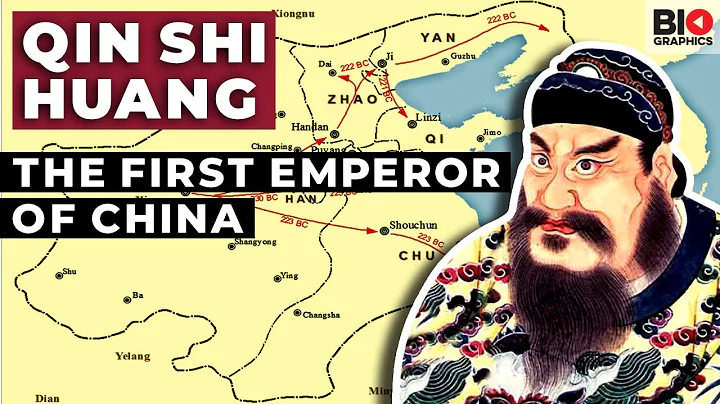


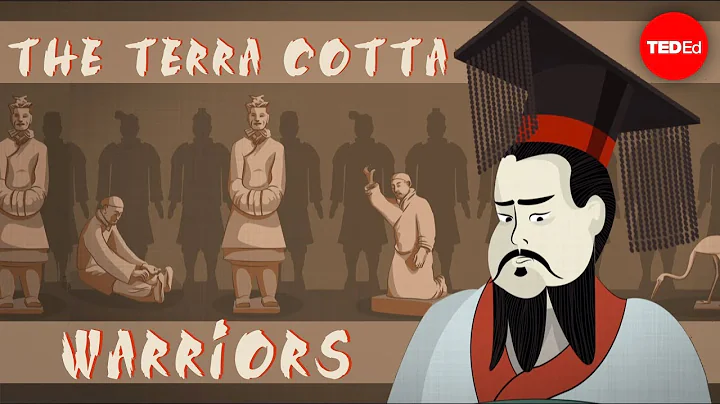

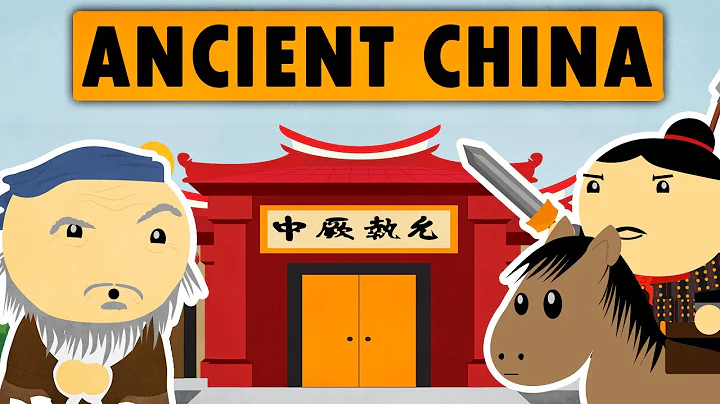
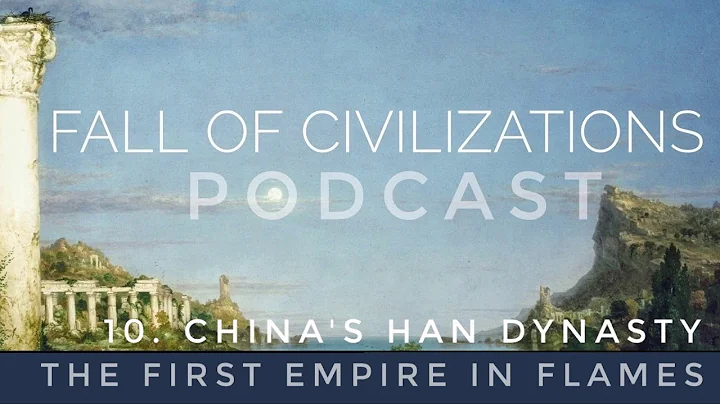
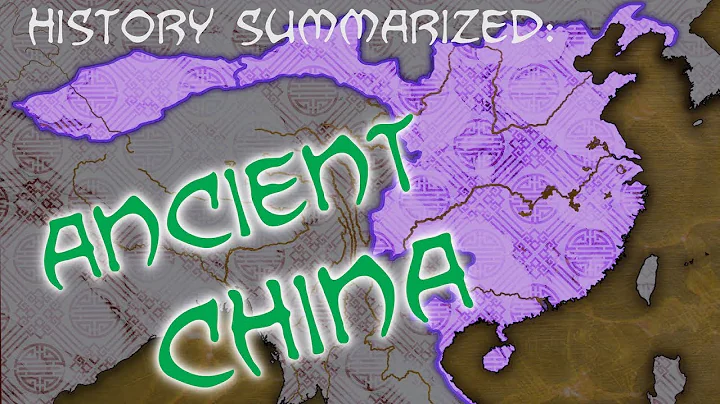









![Robert Miles - Children [Dream Version] - DayDayNews](https://i.ytimg.com/vi/CC5ca6Hsb2Q/hq720.jpg?sqp=-oaymwE2CNAFEJQDSFXyq4qpAygIARUAAIhCGAFwAcABBvABAfgB_gmAAtAFigIMCAAQARghIBwofzAP&rs=AOn4CLCH8rHZ4UmXMtY9JL6dvA8OeLfEww)
